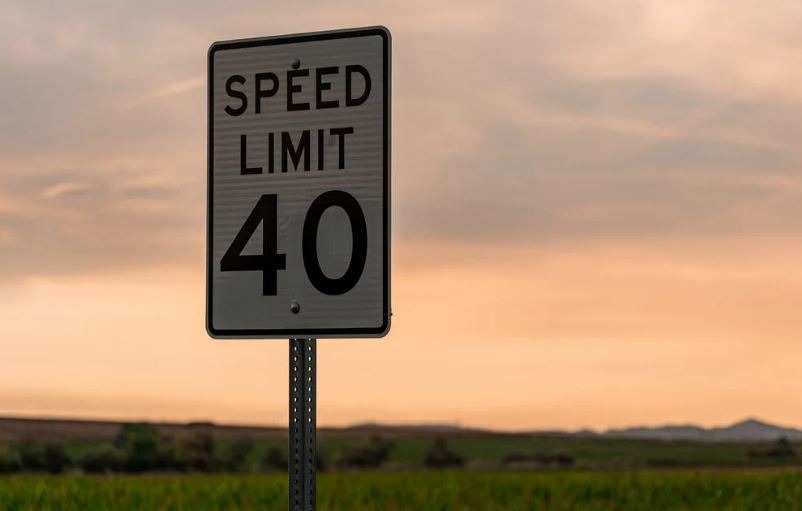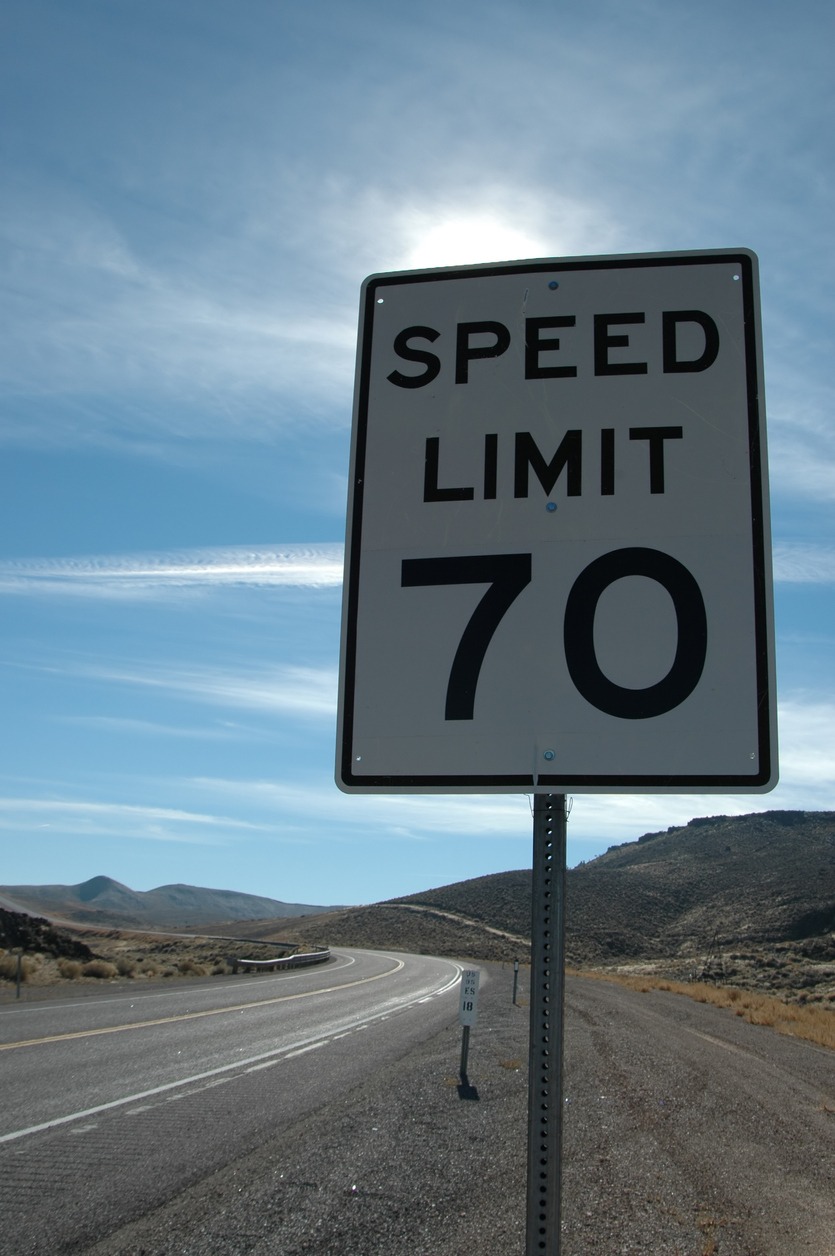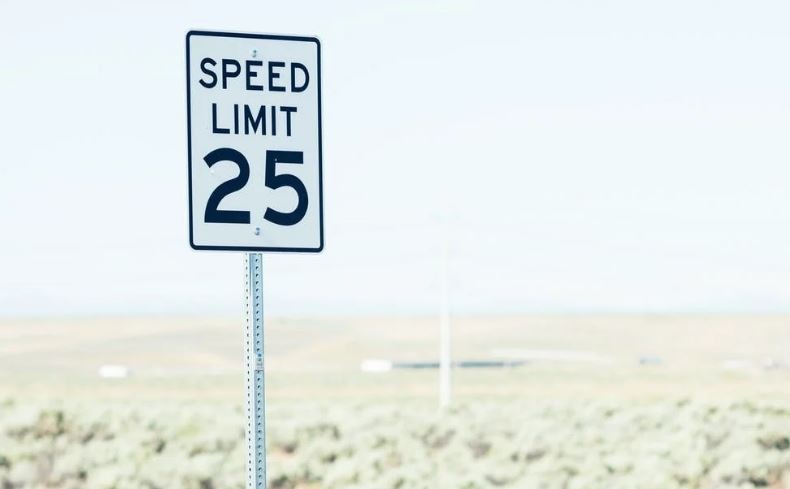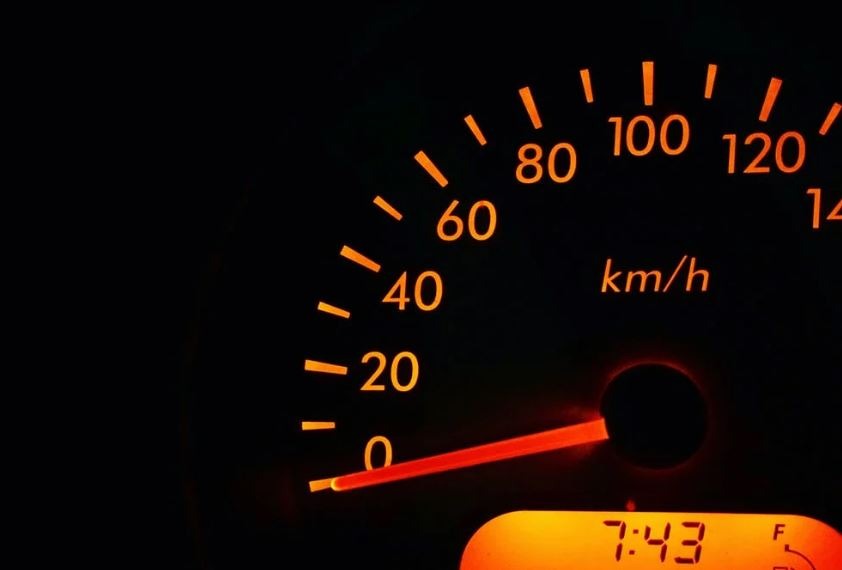Long stretches of road in Texas have extremely high-speed limits compared to other parts of the country. If you’re going on a Texas road trip, we’re sure you wanted to see if you can go that fast. So, what are the Texas state highway driving speed limits?
Speed Limits on State Highway
The Texas speed limit can reach 85 mph, making it the country with the highest-posted speed limit in America. The 85-mph speed limit applies only to a 41-mile span of Texas State Highway 130 (SH 130) between Interstate 10 and Texas State Highway 45.
Outside of SH 130, the driving speed limit in Texas can vary, so be informed of the posted limit to avoid getting a ticket. The following are the other Texas speed limits:
- 75 or 80 miles per hour on stretches of the interstate
- 15 miles per hour in alleys
- 70 miles per hour on state highways beyond the urban areas
- 30 miles per hour in residential or commercial areas
- 60 miles per hour on rural roads or other non-state highways
Texas also imposes different speed limits on rural highways at night due to wildlife and the dangers of high speeds. If you drive at night, you may move on roads with a five-mph lower night speed limit than the daytime speed limit.
Putting Speed Limits in Place
Texas law mandates that speed limits on state highways be placed at the maximum, except if engineering studies and traffic show that a speed limit needs to be changed for safety reasons.
Maximum Speed Limit
The law sets a maximum speed limit of 70 mph. Still, it lets the Texas Transportation Commission establish a 75 mph maximum speed limit (80 or 85 mph if the highway is built to accommodate that speed) on the highway system if they determine that the speed is reasonable and safe following a traffic or engineering study. An 80 mph maximum speed limit is also permitted on Interstates 10 and 20 within ten counties.
When establishing a speed limit on the state highway system, city governments and TxDOT must conduct traffic and engineering studies following the requirements stated in TxDOT’s publication, Procedures for Establishing Speed Zones. The Commission may establish speed limits on Texas state highways or, if the highway is within city limits, by the city.
What Speed Should You Drive?
Texas has posted speed limits to tell you how fast you must drive in normal conditions. Speed limit signs urge you to travel at safe speeds to arrive at your destination safely and in the shortest amount of time. Speed limits in Texas are the law and are strongly enforced throughout the state.
Adapting Your Speed to the Road Conditions
Speed limit observance entails more than simply driving slower or faster than the posted speed. Follow these tips when driving on icy roads, driving through fog or rain, and approaching heavy traffic or construction zones:
- Slow down and provide yourself more space to stop.
- Search for pavement markings to help you navigate.
- Keep an eye out for flashing beacons that warn of approaching intersections.
- Keep an eye out for signs indicating reduced speed limits ahead.
Speed Zone Studies
The 85th percentile method sets speed limits on Texas highways, representing the speed most drivers will be moving at or below. This good engineering principle has been used to establish speed limits on highways across the country for the past 60 years.
The 85th percentile speed is determined through speed checks. The observed free-flowing speed of vehicles is tallied, and the 85th percentile speed is calculated using the information gathered. Speed checks are conducted on average weekdays under favorable weather conditions, during off-peak hours, to ensure a true image of a normal traffic situation.
The information gathered typically includes curves, surface type and width, crash history, right-of-way width, school crossings, cross streets, and traffic-generating sites. Based on this data, engineers create speed zones.
Normally, the speed limit is placed to the nearest value to the 85th percentile speed, ending in 5 or 0. If any of these conditions exist, the posted speed limit may be reduced by up to 10 mph under the 85th percentile speed:
- 20-feet or less road pavement width
- Other developments include hidden driveways.
- Hills and curves
- Crash records
- A large number of driveways
- Absence of striped, improved shoulders
- Rural or urban residential area
Following the completion of the study, black-on-white driving speed limit signs are placed along the roadway to inform drivers of the legal maximum speed for that section of road.
Can a Speed Limit Be Too Low?
Placing speed limits far under the 85th percentile speed has drawbacks. If reasonable drivers see an absurdly low-speed limit and do not see a need to go that slowly, they tend to disregard the signs and develop a general disdain for speed limits.
When a driving speed limit is set under the 85th percentile, law enforcement officers must deal with reasonable people who are ticketed for exceeding the posted limit and reckless drivers.
Speed Limits and Safety
Contrary to popular belief, lower speed limits do not always imply safer roads. In fact, in some cases, exceedingly low-speed limits can raise the number of accidents. Placing a speed limit is always done to ensure that all commuters arrive safely at their destination.
Other measures are frequently taken in Texas to reduce collisions and accidents and set acceptable speed limits. The Texas Department of Transportation may install road blinkers to warn drivers of speed limits, approaching intersections, or entering school zones.
However, drivers must always use common sense when determining the speed of their vehicles. Poor road conditions, like fog, rain, or sleet, may necessitate drivers driving at a slower speed than the posted limit. Always consider the conditions and leave at least three seconds between your vehicle and the vehicle in front of you.
Most traffic problems are complex, and there are no simple solutions. Decisions are often made with the noble goal of “quickly solving” a specific problem. However, a single traffic control tool rarely solves all of a community’s traffic problems.
Please remember that obeying speed limits entails more than simply driving slower or faster than the posted speed. It entails adapting to the circumstances. Adjust your speed when it’s raining or foggy, traffic is heavy, ice on the road, or road construction is ahead.





